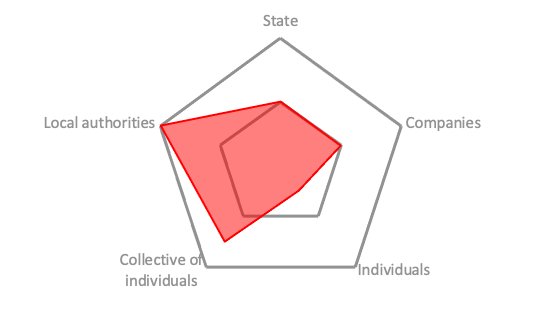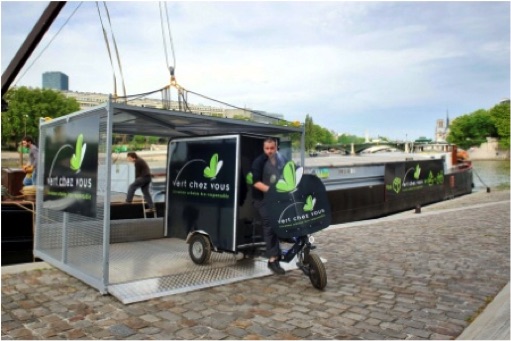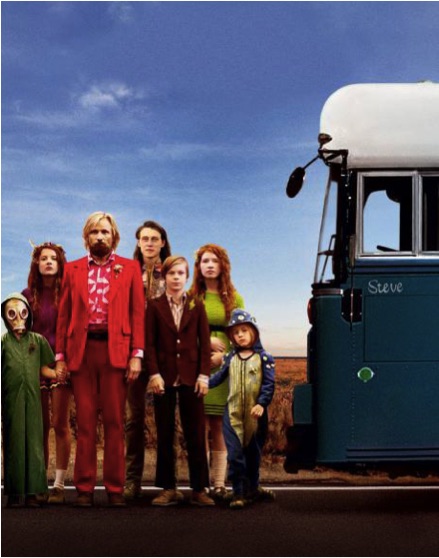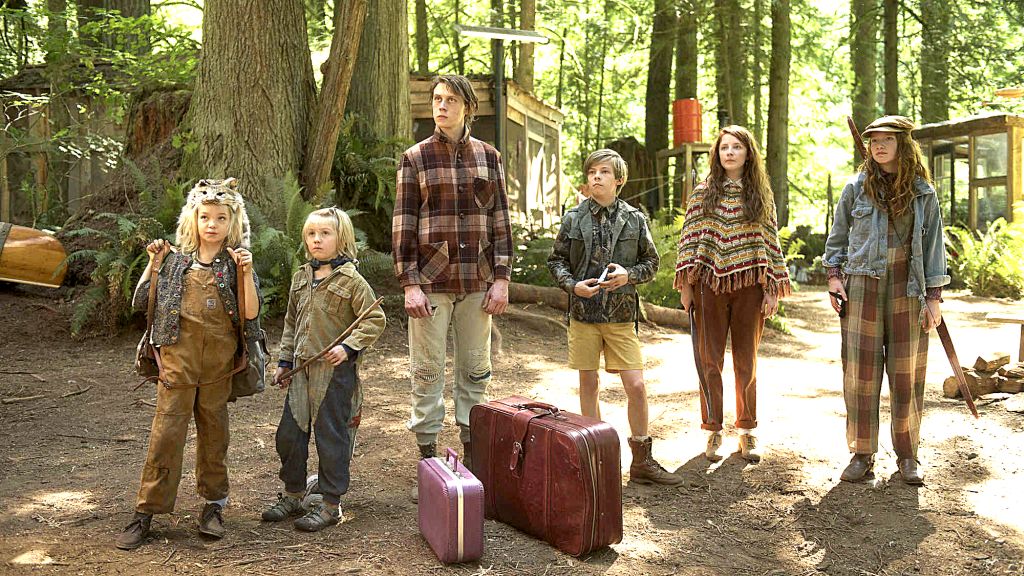- Home
- Prospective scenarios
- Scenario #3
Scenario #3
Scenario #3
Preserving the planet first and foremost
The world manages to control the trajectory to +2°C in 2100 thanks to consumer behaviour and lifestyles that use resources sparingly. The shift in awareness of the urgency of preserving the planet arose in the late 2020s, when “natural” disasters multiplied. The global population has stabilised at 9 billion individuals, a figure reached in 2035-2040 by introducing common rules to curb population growth.
Energy may well be decarbonised but it is scarce and expensive, leading States to impose energy rations on individuals. Goods production and farming are relocalised around cities because the high carbon price and high energy prices are forcing companies to simplify and shorten logistics chains. Standardization of components and enable saving, repairability and recycling of goods. Repairing, buying second hand, and sharing goods is everyone’s first instinct before using a product bought brand new for individual use.
Mutual aid, sharing and exchanging have emerged with life organized within living areas, in and around medium-sized cities. Individuals are anchored locally. Governance is decentralised at living areas level. The State sets out major orientations that are implemented thought local concertation and management, depending on the territories. The inevitable conflicts over resources, land and water are arbitrated locally.
Digital technology exists for personal and professional exchanges. It enables connection and cooperation at a worldwide level.
The rights of ecosystems were announced in 2038. Humans consider themselves an integral part of Nature, aware that their health depends on it.
Nevertheless, natural disasters are increasingly frequent and rising water levels reach one metre, rendering some territories uninhabitable. Some islands in Oceania have disappeared, forcing inhabitants to seek refuge elsewhere. The sixth extinction is underway, countered with difficulty by a farming method that recreates enclaves of biodiversity to support crop auxiliary fauna.
ILLUSTRATIONS
INDICATORS
Society

Organisation (of production, life…) is concentrated in multipolar living areas.

Holistic medicine is favored. Human health is linked to that of the natural environment.

Ecosystems have rights. Human restore and integrate them.

Share, barter, and pool are the rule.

Innovation focuses on technologies that are sustainable, useful, and accessible to the greatest number.

Several non-financial indicators are used to qualify performance.
Resources

Energy is decarbonised but limited.

Primary materials are scarcely exploited.

No decoupling of growth and resources, hence sobriety to preserve life.

The price of carbon is high, which turns the page on fossil energy.

Natural disasters are part of everyday life but communities are resilient.
(Geo)politics

Conflicts over lifestyles, tensions over water or materials are regular but managed at a local level, through decentralized arbitration.

Local resiliences help limit migration even if it is higher than in the 2020s.

Local authorities regulate lifestyles depending on the assets and constraints of the territory, through decentralised governance.
MOBILITY

Mobility relocalised
Life is organised around one’s local community. So demand for mobility of people has decreased drastically in 30 years. Consumption has shrunk in most countries worldwide, especially in those previously referred to as ‘developing’. Goods not produced locally are not available for consumption.
The decarbonised energy resource dictates the pace of mobility: no clean energy, no mobility.
The air industry was rocked to the core in the 2030s, most planes having been recycled into micromobility devices, bikes, trains… or other commonplace consumer products.
Micromobility devices, mostly shared, have become the usual means of transport for many city dwellers, together with public transport. The health benefits are visible.
Individual cars are used for trips under 30km, especially in rural areas. They are adapted to this kind of journey: small vehicles with a lighter electric motor.
The car is no longer used at all for long trips that need to be quick; the energy quotas introduced in most countries forbid it. For the rare long distance journeys still made by passengers, the train is preferred… or else slow travel, with vehicles that are near self sufficient in energy taking time to charge thanks to natural elements (wind, sun, water…).
The projected arrival of taxi or parcel delivery drones was cut short in 2025, when the international community took drastic measures to take into account available resources that don’t degrade the planet.
Goods are mainly exchanged locally, within a max. radius of 200km. Deliveries by myriads of micro-firms or producers themselves, using less-energy-consuming transport like cargo bikes or small electric vehicles for short distances. Maritime and inland waterway transport, or rail freight, is preferred for the few products exchanged over long distances. Queues of trucks on motorways are a thing of the past.
Tourism is mostly local, many people spend the holidays discovering their region or taking time to arrange their home, tend the vegetable patch, repair things themselves…
THE STORY
The Wilson family is made up of two parents and five children. They have no official home, or rather they live in a large converted vehicle. The children are schooled online and the parents work remotely.
Their problem: taking the eldest child to New York where he is to take part in a competition.
The Wilson family is one of those ‘travelling tribes’ that flourished in the US in the 2040s.
The motorhome is based on a ship model, the Energy Observer, from way back in the 2020s. This vessel was the first to bring together natural energies (sun, wind, water current… and human motive force!) and electric and hydrogen technologies on the same transport vehicle. So the Wilson’s motorhome can only travel when it has enough energy to do so and meet the essential needs of the family, like internet access, charging devices, cooling foodstuffs, working water pumps. Thanks to a mobile vegetable patch they are pretty much self-sufficient in terms of food.
For the Wilsons time is not a constraint. They anticipate trips when they are necessary. So for the New York journey they prepare several months in advance, with their eldest child revising on the road.
On arriving in the city, they go to one of the meeting points for travellers by the river. They have access to the city’s drinking water. To better prepare their eldest for his competition, father Wilson accompanies him to the event venue by water taxi. They are going to camp on the spot for several days to soak up the atmosphere.

OUR COMPANIES?

Brainstorming workshop
Would my company exist in this world? What/Who would its business, mission statement, offers, partners / competitors be?
What about other mobility industry companies?
What strategy to adopt from now on to make our companies strong in this particular scenario?
Redeeming technology as guide
